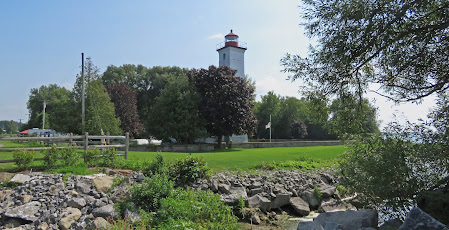Frederic Remington, a native New Yorker, developed a deep fascination with the western frontier at an early age. His first trip west was to Montana in 1880 when he was 19 years old. While there one of his sketches was published in Harper's Weekly, marking the beginning of his artistic career, but three years later he was in Kansas trying his hand at sheep ranching, then running a hardware store and finally as a partner in a salon. All were failures which spurred him to dedicate more time to sketching and painting. Fortunately eastern readers were eager for stories and pictures of the west. Harper's Weekly sent him to Arizona to cover the army's quest for Geronimo plus he worked for other New York magazines and sold his work at art exhibitions.
Most of Remington's work was done in his studios in New York, drawing on inspiration from his sketches, photographs, other artist's paintings, and materials that he'd collected in the west. In 1895 he started sculpting and in the 1900s he began painting eastern landscapes. Over his lifetime he created more than 3000 sketches and paintings and 23 clay sculptures that were cast in bronze.
The museum is located in an 1810 mansion built by David Parish, the founder of Ogdensburg, NY. In 1896 George Hall, who purchased the mansion in 1896, conducted extensive renovations, including installing the beautiful oak paneling in the entry hall. When Frederic Remington died in 1909 his wife, Eva, moved into the mansion. She brought along Remington's sketches, paintings, sculptures, artifacts, and memorabilia many which she bequest to the city on her death in 1918. George Hall then donated his mansion to serve as the museum.
The exhibits in the museum include Remington's artifacts, paintings, sketches, and statues. Visitors can compare two sculptures of the same subject cast at different times to observe the changes made and the loss of detail over time.
The second floor of the museum has an exhibit of work by local artist, Sally James Farnham, a collection of glass and porcelain figurines, and the story of David Parish's struggle to built a town in sparsely settled wilderness.
The museum is accessible with a slightly overgrown ramp along the left side of the yard that leads to the porch. An elevator access the second floor. Part of the glass collection may not be accessible to all wheelchair users due to an exceptionally narrow doorway.


















































